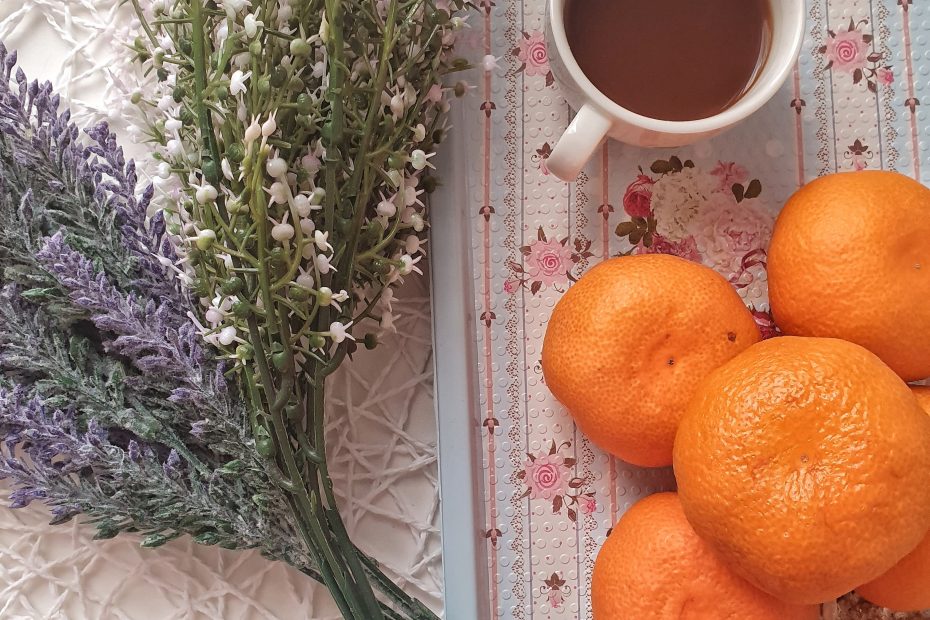Tea, and particularly green tea, contains theine. But not everyone yet knows about Kukicha, a green tea produced in Japan whose name means “tea made from twigs.” For this very reason, the amount of theine in this green tea is very low.
Along with other teas, such as Bancha and Hojicha, which are also low in theine, this tea is suitable for any time of day, whether in the morning or in the evening and most importantly, it can be drunk without any problems even by children.
Unlike the leaf teas, we are used to seeing, this one is made from the twigs that remain from processing the leaves of other green teas, such as Sencha and Gyokuro.
In this article, we will learn about Kukicha and its benefits, as well as find out how best to prepare this green tea with a thousand properties.
The Benefits Of Kukicha
Being a green tea, Kukicha does not undergo oxidation like black tea, thus preserving many properties of the tea plant.
The level of theine, or caffeine, is very low. Green tea contains theine because it is often made from leaves and buds, where most of the substances and alkaloids are concentrated. Being made from twigs and stems, Kukicha mainly inherits nutrients such as iron and magnesium, substances that make this tea a valuable ally against fatigue and exhaustion. A true natural supplement, it also provides vitamins C, B1, B2, and A.
Kukicha is recommended during and after meals, as it aids digestion and combats heaviness. Precisely because of the low amount of caffeine, it can also be consumed by those who avoid it due to problems with stomach acidity.
How Kukicha Is Prepared
The preparation of Kukicha is common to any other green tea and can be done either hot or cold. In the former case, there is a preparation similar to that of a decoction: the leaves should be simmered in water for a few minutes. Alternatively, it can be prepared like any other green tea, choosing from:
- Western method: 3 grams of leaves in 200 ml of water at 80°C for 2 minutes;
- Eastern method: 6 grams of leaves in 200 ml of water at 80°C for 1 minute.
It just depends on taste!
Cold brewing can be done with the refrigerated infusion technique, or by pouring hot infused tea over ice cubes.
Another can be the kooridashi technique, in which the tea leaves are in direct contact with the ice. When this melts completely, we get the infusion.
The dried leaves of Kukicha have a herbal, grassy aroma with some hints of roastiness. The resulting infusion has a light green color tending to yellow, cloudy. The vegetal flavor is just replaced by an unexpected sweetness. Theine-free teas: what are they?
The Level Of Theine In Tea
Tea is a nervine beverage, like coffee and chocolate. This means that it contains alkaloids that can alter the nervous system, such as precisely caffeine (or theine).
Although this may sound strange, it means very simply that tea contains caffeine, which we are very familiar with in the case of coffee.
When we talk about tea we are used to thinking about theine, but it is the exact same molecule. In a cup of tea we can find from 15 to 70 grams of it, while in coffee from 80 to 135. Moreover, depending on the type of tea and the processing to which the leaves have been subjected, we are talking about different concentrations of this substance.
There are, of course, decaffeinated teas, which are processed with carbon dioxide, thus not excessively altering the flavor and properties of the tea. Certainly the result is far from the tasty beverage we know.
There are teas that by nature possess a low level of caffeine and therefore do not pose a problem for those who need to use them moderately, such as Kukicha, Hojicha, and Bancha.
This stems from the fact that the leaves of these teas have been processed, or rather, roasted, thus reducing the level of caffeine present on them. In the case of Kukicha, the use of twigs and stems allows a low concentration of caffeine, as they are derived from the part of the plant that contains the least.
